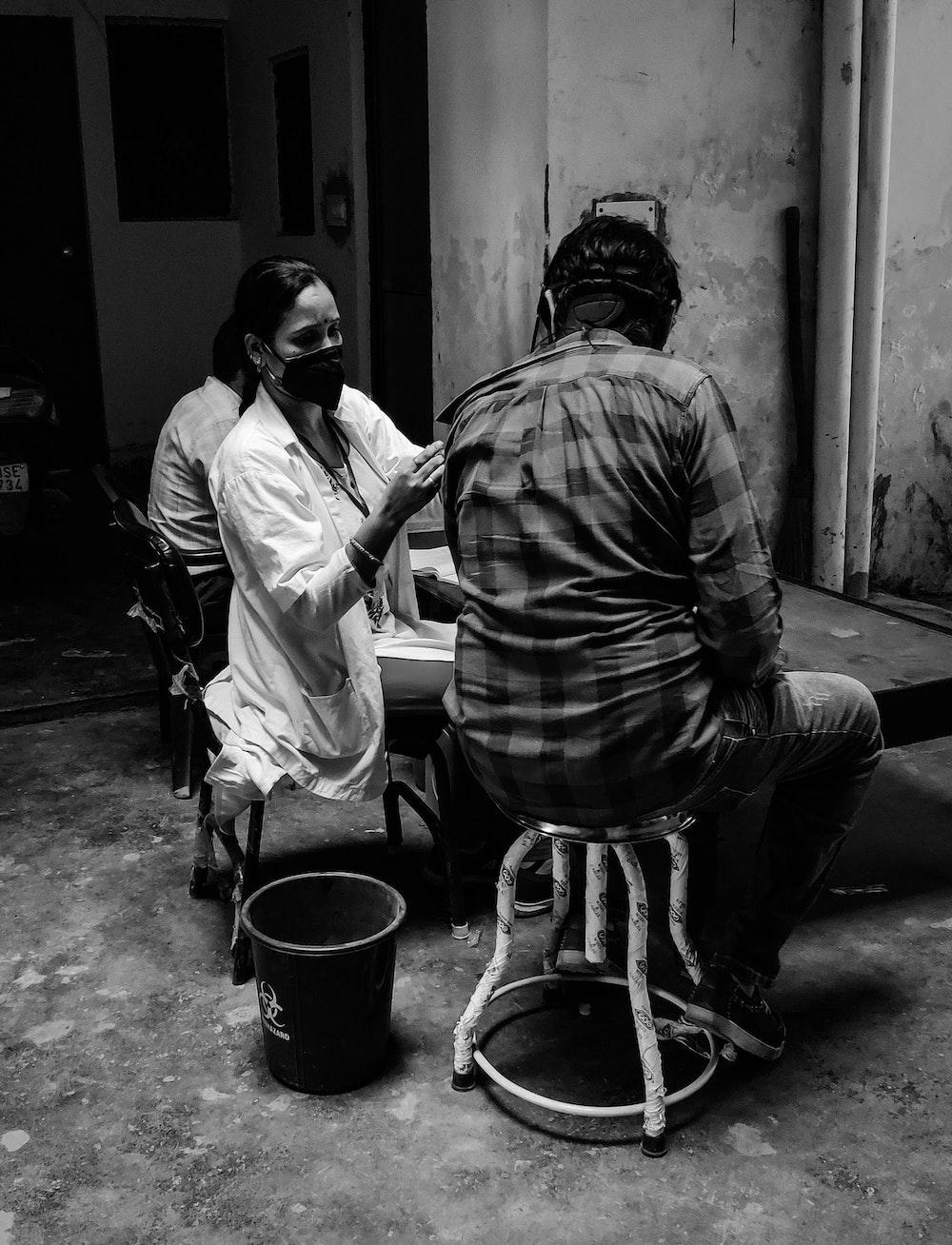Social change
[Stories of social change] Protecting front-line workers during COVID-19 through technology


Disclaimer: The statements and opinions expressed in this article are those of the author(s) and do not necessarily reflect the positions of Thoughtworks.
